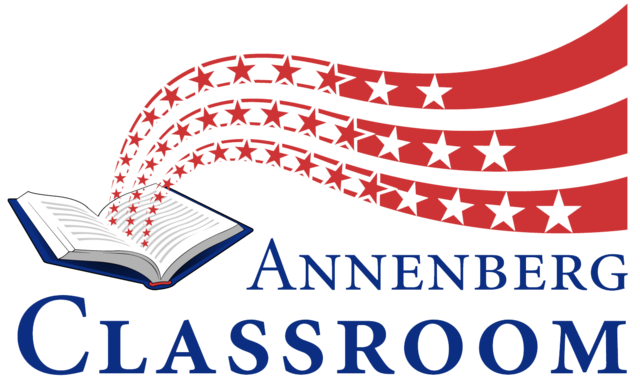The curated resources linked below are an initial sample of the resources coming from a collaborative and rigorous review process with the EAD Content Curation Task Force.
 Reset All
Reset All
This unit plan deeply explores the motives, pressures, and fears that shaped Americans’ responses to Nazism and the humanitarian refugee crisis it provoked during the 1930s and 1940s. Students will examine why widespread American sympathy for the plight of Jewish refugees never translated into widespread support for prioritizing their rescue.

The Roadmap




Facing History and Ourselves


This lesson gives students the opportunity to interact with historical newspapers available through Chronicling America and read the conflicting viewpoints of America's opinion leaders and ordinary citizens. Students will engage in dialogue as they struggle to decide: should the Unites States remain neutral or join the fight?

The Roadmap



National Endowment for the Humanities


This lesson gives students the opportunity to interact with historical newspapers available through Chronicling America and read the conflicting viewpoints of America's opinion leaders and ordinary citizens. Students will engage in dialogue as they struggle to decide: should the Unites States remain neutral or join the fight?

The Roadmap



National Endowment for the Humanities


The Japanese attack on Pearl Harbor, Hawaii on December 7, 1941 sparked U.S. involvement in World War II and generated a reactionary movement against Japanese Americans. This primary source allows students to understand the reactions in the United States following the attack.

The Roadmap




Emerging America - Collaborative for Educational Services


This lesson looks at the domestic mobilization during World War II and President George W. Bush's call to action for Americans following 9/11. Students will compare these two events to see how civic participation at home is important for ordinary citizens.

The Roadmap




National Endowment for the Humanities


U.S. History pop-up cases are short, one-page scenarios based on foreign policy issues in U.S. history. Use the cases to spark discussion and put your students in the shoes of policymakers. This case asks students to consider the following 1845 scenario: with thousands of American settlers migrating west to the contested Oregon Country and a campaign promise from President James K. Polk to annex the entire territory, how should the United States respond to British naval buildup in the region and a deteriorating U.S.-British relationship?

The Roadmap


Model Diplomacy


This lesson plan explores the Supreme Court cases known as the Guantanamo cases so that students understand, among other takeaways, how our institutions make a tradeoff between national security and civil liberties in times of conflict.

The Roadmap




Annenberg Classroom

This lesson asks students to consider the ethical and legal implications of the global refugee crisis and what those implications mean in terms of our human responsibilities.

The Roadmap




Facing History and Ourselves


U.S. History pop-up cases are short, one-page scenarios based on foreign policy issues in U.S. history. Use one of the cases to spark discussion and put your students in the shoes of policymakers. This case asks students to consider the following 1917 scenario: British intelligence has decoded a secret German telegram to Mexico that proposes an alliance against the United States and shares Germany’s plans to resume submarine warfare against U.S. shipping in the coming month. How should the United States respond?

The Roadmap

Model Diplomacy


Through the use of primary and secondary sources, students will understand the impact that World War I had on Arkansas.
The Roadmap


Arkansas Digital Archives
This collection of 8 World War I-era posters, accompanying guiding questions, and additional materials can be used to guide students through an investigation of the social, economic, and political consequences of the Great War. Educators can turn the collection into its own lesson plan, or use the gallery as a supplement to existing WWI lessons.

The Roadmap




Smithsonian National Museum of American History


This free curriculum guide from the New-York Historical Society explores World War II through the lens of New York City, examining what it meant to live on the home front and the impact of wartime on peoples' lives.

The Roadmap


New-York Historical Society





